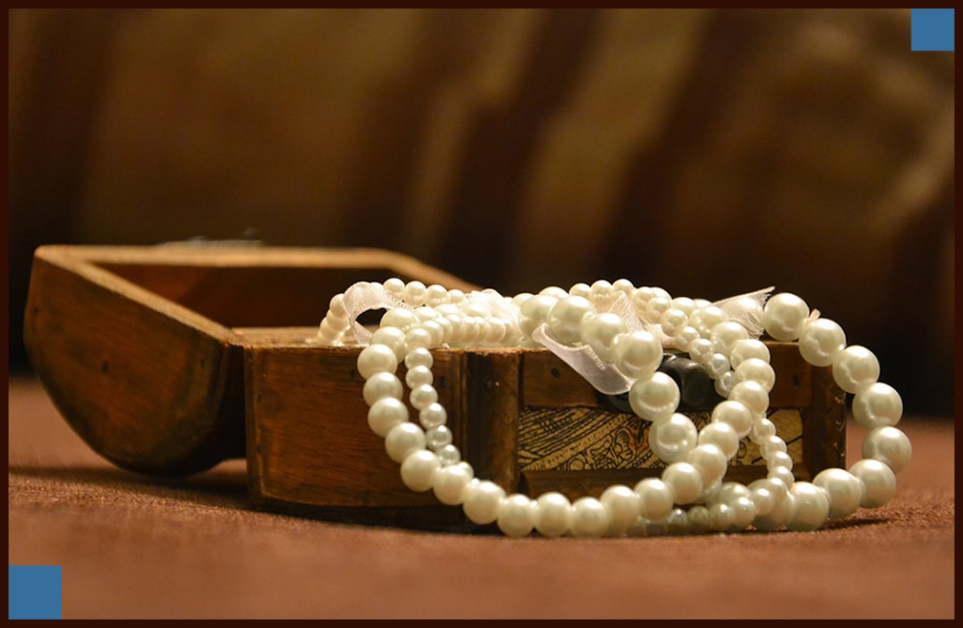Who Gets Mom’s Jewelry and Dad’s Tools?
During my time as an estate planning attorney I have had the privilege of working with individuals and couples that were very interested in preventing family drama and settling anticipated disputes among their children and other family members. These individuals knew their children well. They knew which child would be able to handle assets for them if necessary. They knew which child could be relied upon to handle medical decisions for their parents. They even knew whether or not their children would work together to properly divide assets between each other if the decision was left in their hands. In each of these cases, I have worked alongside these individuals and couples to help them draft their will or trust in a way that considers this information about their children, while accomplishing the clients’ goals.
While probate avoidance is a major purpose for drafting certain plans, another purpose of planning is to minimize disputes over assets by instructing how such assets will be distributed. The idea is that there is no need to fight over assets because “Mom and Dad” have already determined who will get which assets. Typically, the client’s will or trust discusses general assets such as life insurance, property, retirement accounts, etc. These are not the only assets to be considered, however: jewelry, antiques, clothing, tools, firearms, furniture and other collections are also a part of the plan, and it may not make sense to divide these tangible assets generally among all of the children. In situations where specificity is needed, a Distribution of Tangible Personal Property should be completed.
The Distribution of Tangible Personal Property is a form that is typically referenced in the will or trust, and is attached to the same. This form is a written list of personal property assets that identify the intended beneficiary of such assets. A brother may want his sister to receive his copies of pictures from their childhood including their parents. A mom may want to follow a family tradition by passing down a wedding band to her first-born daughter, while also distributing the remaining jewelry to her other children. A dad may want his fishing supplies and tools to go to the son that shares his love for fishing, while giving his watch collection to another child. In any such case, if one maintains an interest in distributing such assets to particular individuals, it is important to complete the Distribution of Tangible Personal Property, and to make sure that the form is signed, dated, and kept with the will or trust wherein it is referenced. Doing so not only ensures the avoidance of disputes over such assets, but it also leaves a final message to the recipient that you thought of them, and appreciate the relationship that the gift represents. Failing to complete it can set the state for a probate court showdown.
Take the time to leave your intended message. Don’t delay. Complete your Distribution of Tangible Personal Property today.












Leave a Reply
Want to join the discussion?Feel free to contribute!